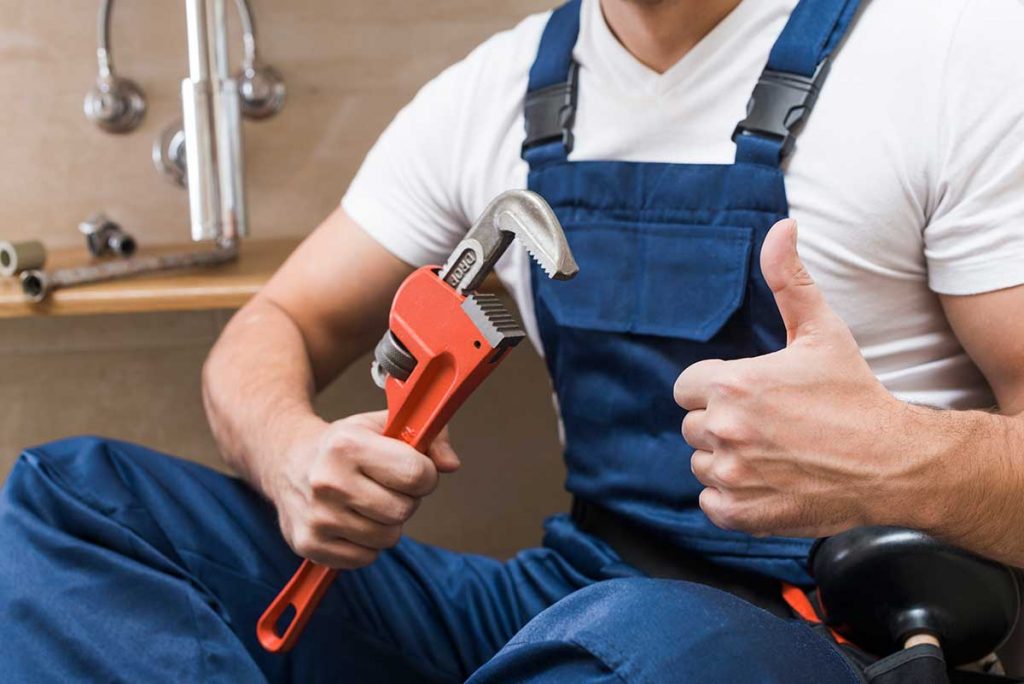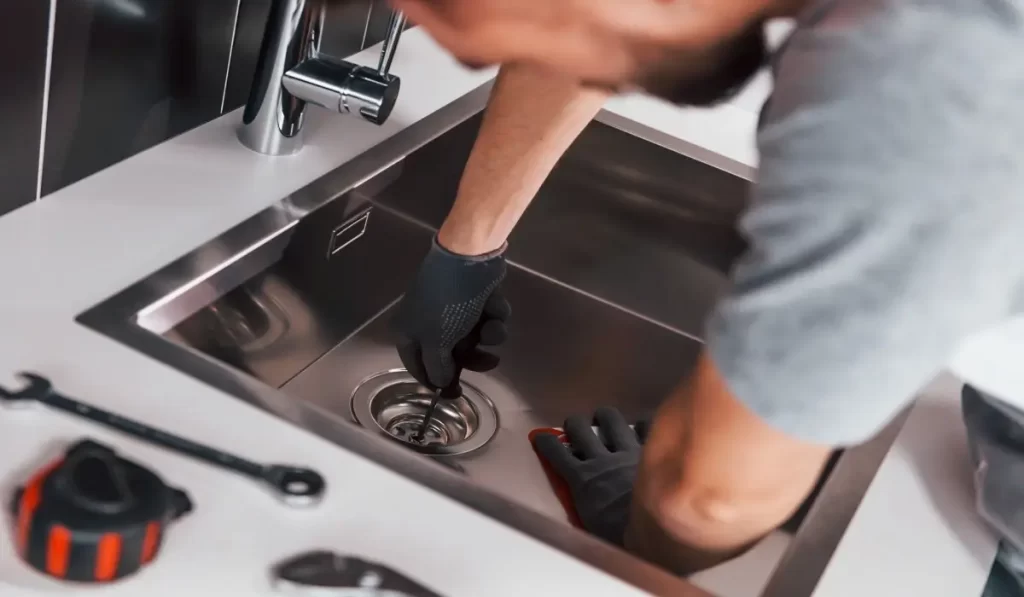How to Tell if Your Drain Is Clogged and What to Do
Usually, you’ll notice a clogged drain when the water drains very slowly or even gets stuck in the sink, toilet, or shower tray.
However, you can already tell if your drain is slow and your pipes are clogged when the water has only a slight difficulty flowing through the drain hole and you notice an unpleasant odor. In this case, try unclogging the drains with a drain cleaner to unblock the pipes and replace them, paying close attention to the instructions and directions for use if you’re dealing with blocked drains Northampton.
 Preventing Drain Clogs
Preventing Drain Clogs
In addition to learning how to unclog a drain pipe, our suggestion is to prevent the problem: simply protect the drains with special grates, use biodegradable detergents, and clean them periodically, including with odor-removing products.
Furthermore, pouring a few tablespoons of baking soda and vinegar cleaner followed by hot water down the drain can dissolve grease from pipes, keep them clean, and eliminate unpleasant odors.
In some cases, when fittings and drain pipes are quite worn, it’s best to replace them with new polypropylene ones: carefully check the size of the pieces to be replaced, secure them with the appropriate pliers, and apply polyethylene insulation if necessary.
Clogged Toilet Drain: What to Do
Clogged pipes and a blocked toilet drain are a real inconvenience. When you notice a clogged toilet, don’t flush the water more than once to avoid the risk of it leaking out of the bowl. Put on rubber gloves and try to unblock it manually or with a mop: the blockage is often caused by a pile of toilet paper.
If you can’t figure out what’s clogging the toilet drain, drain the water from the bottom and remove the bowl, unscrewing the screws at the base and disengaging the drain pipe. This will allow you to unclog the drain manually. Alternatively, you can use specific tools: a spring-loaded or pressure-operated drain cleaner.
If the toilet is wall-hung with a wall outlet, you won’t be able to remove the bowl; in this case, use a spring-loaded plunger instead.
How to unclog the bidet and shower
To unclog blocked pipes in the bidet and shower, try a traditional rubber suction cup. Blockages are typically caused by soap scum, hair, and small deposits of limescale, which a suction cup or a compressed air drain cleaner can easily remove.
A compressed air drain cleaner is best suited for unclogging pipes with more stubborn blockages, while a suction cup requires repeated applications.
If you can’t unclog the drain with these tools, the blockage is deeper: a spray can of drain cleaner is an excellent solution for unclogging the shower, while for the bidet you can also use a spring-loaded plunger.
 Unclogging a clogged sink drain
Unclogging a clogged sink drain
How to unclog a kitchen drain? The kitchen sink drain is among the most common types of blockages, due to food residue, grease, and detergents. After trying to remove the blockage with a suction cup or a pressure plunger, if the drain remains slow and difficult, you need to clean the siphon.
Many siphons have a hole specifically designed for this purpose: simply open it to remove all the debris that has accumulated inside.
Without a hole, for bottle traps, you must unscrew the lower part, where debris and waste collects, while for U-traps, you must disassemble the central section of the pipe by loosening the two nuts at the ends with the appropriate pliers.
How to Keep Kitchen Drains Clean and Prevent Future Blockages
To unclog a severely clogged sink, for example when the blockage is deeper in the pipe, you can also use a spring-loaded plunger, which is also suitable for unclogging a pipe filled with soil and sand.
Before performing these tasks, always remember to wear protective gloves and place a basin under the trap. Furthermore, for long-lasting results, we recommend washing it with hot water and a bottle brush or pipe cleaner before reassembling it.
In the kitchen, it’s also important to know how to dissolve grease in drain pipes, which is often the cause of blockages and clogs. As we’ve already mentioned, you can use a specific product for drains or resort to natural products, such as baking soda, salt, citric acid, and vinegar.
Contact Plumber In Northampton
If you suspect blocked drains Northampton in your property, contact us.
Whether you’re a business, an individual, or a building manager, relying on Emergency Plumber in Northampton to locate blocked drains in your property and plan a solution means you’re working with a qualified company that offers quality services. Contact us for a consultation or quote.
The technicians we collaborate with:
